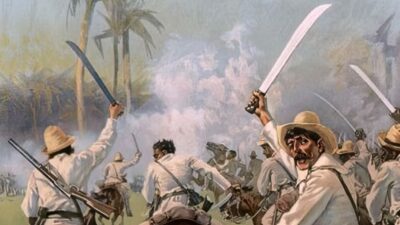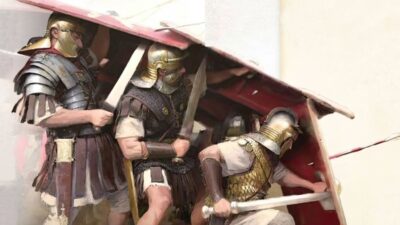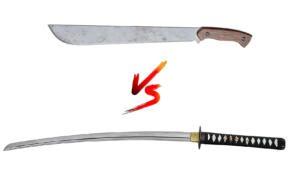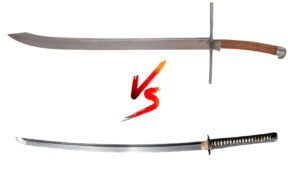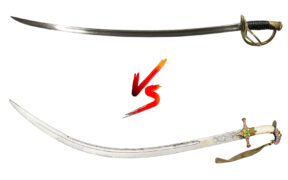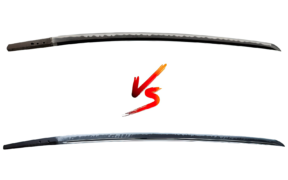Machete vs Sword: Differences, History, and Combat Uses
NO AI USED This Article has been written and edited by our team with no help of the AI
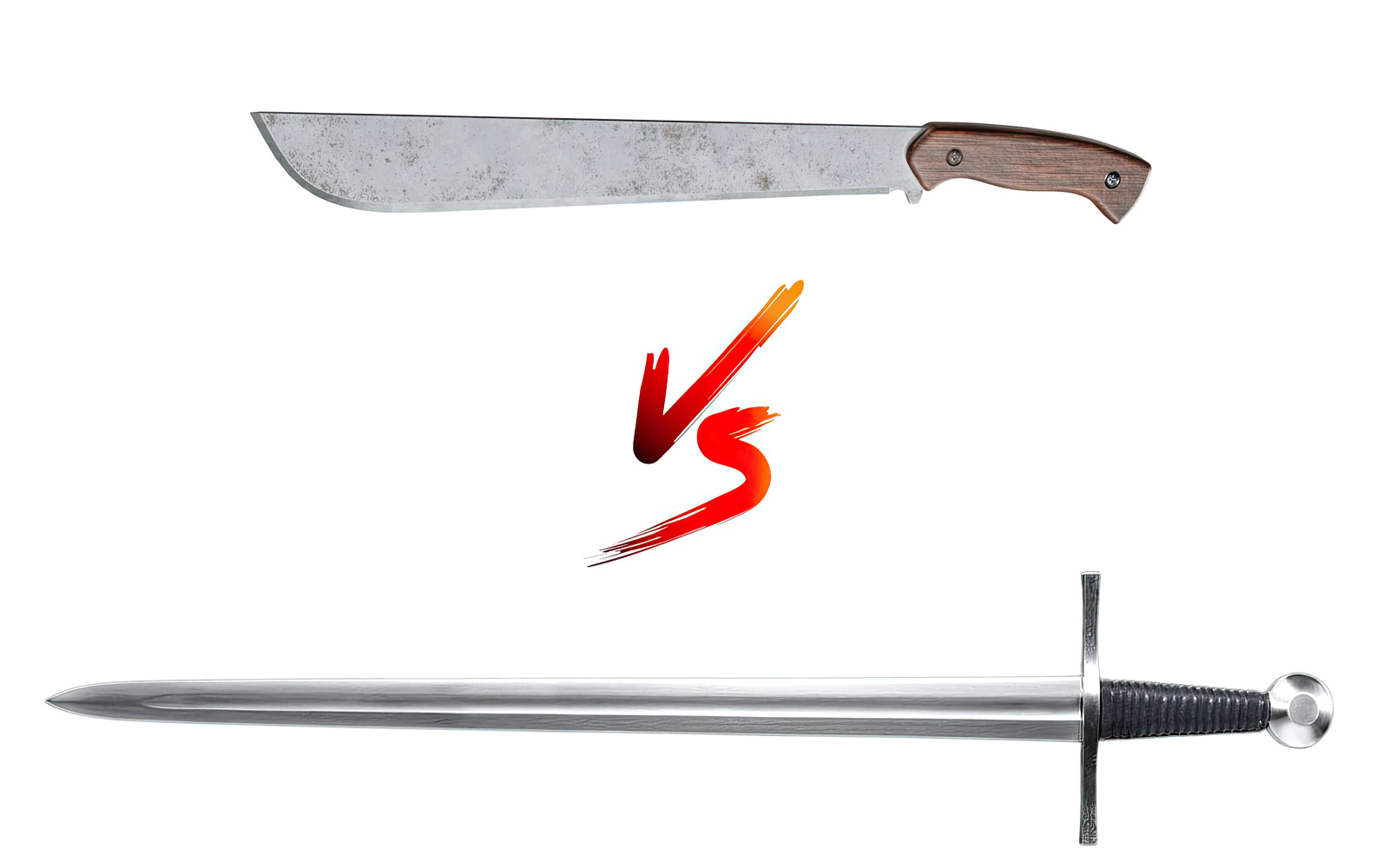
Machetes and swords are both melee weapons. While some classify both in the same group as they can be used in battle, others make a distinction by classifying the machete as an agricultural tool while the sword is used purely in combat. As we delve into both blades, we examine their characteristics, differences, histories, and more.
Terms, Characteristics, and Design Differences
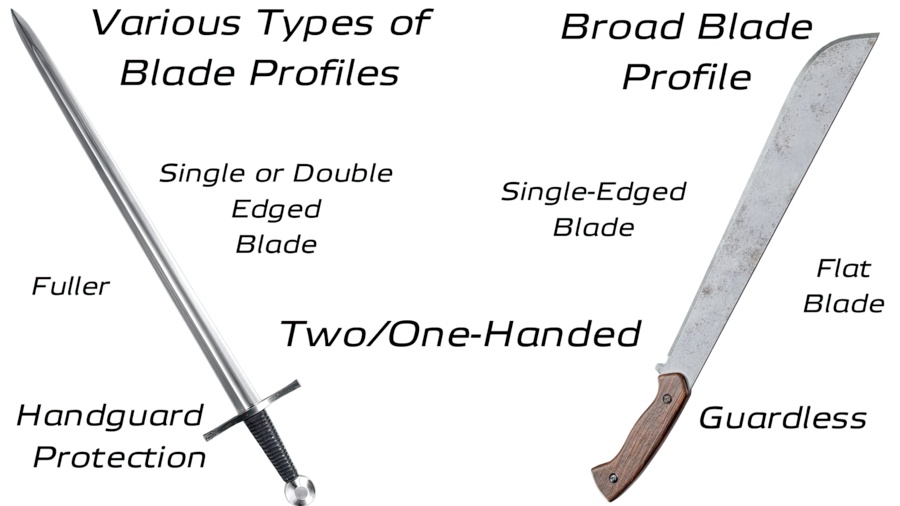
In the sword community, “machete” refers to blades from Latin America that can be used for combat, agriculture, and daily tasks such as cutting, forest clearing, and even digging. Its origins can be traced back to ancient times with the Greek mákhaira and Latin machaera, terms that can be translated to sword or chopping knife.
However, “machete” as a modern term comes from the Spanish macho or old French machier, meaning sledgehammer. It is believed to have first appeared in Central America during the late 16th century.
The modern term “sword” comes from the old English sweord, Dutch zwaard, proto-Germanic swerdam, Nordic sverd, and many similar terms. These terms all have similar translations to “sharp” or “sharp weapon”.
Blade
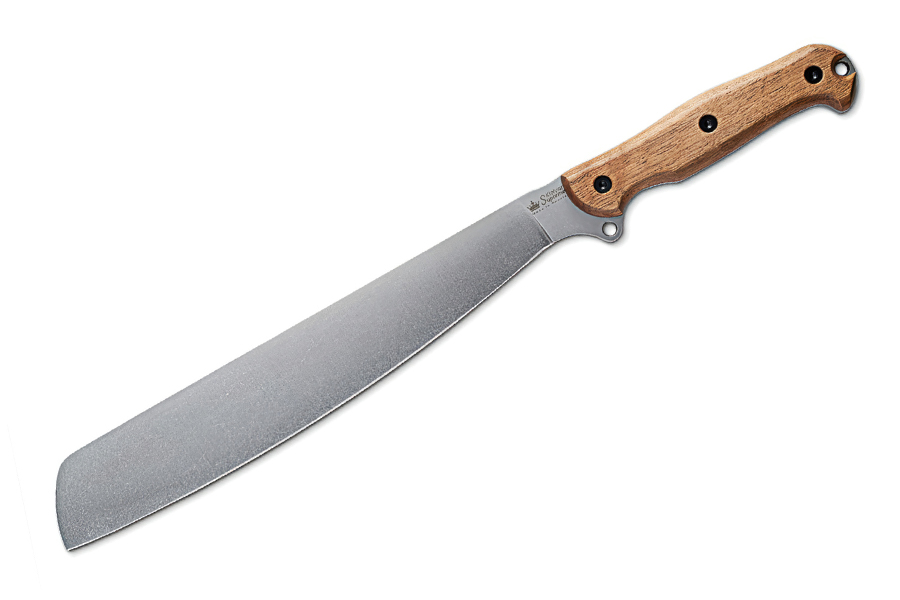
Both machetes and swords have blades made from high-carbon steel, but differ in thickness and composition.
Machetes tend to have broader blades that are thinner and shorter than the sword as they are not made to withstand as much impact. Ranging from 11 to 20 inches (30 to 50 cm), they are available in different designs and can be straight or curved, but always feature a single edge, as seen in a kukri, barong, and parang. Its blade profile is thin with a simple “v” bevel near the edge for powerful cutting.
Although it depends on the type of sword, they typically have thicker blades that rely on flexibility and resilience. These blades averaging around 51 inches (130 cm) can be straight or curved, and single or double-edged as seen in examples such as the saber, rapier, longsword, falchion, katana, and khopesh. Swords have many different edges that depend on its purpose as the edge determines its cutting and thrusting abilities.
Hilt
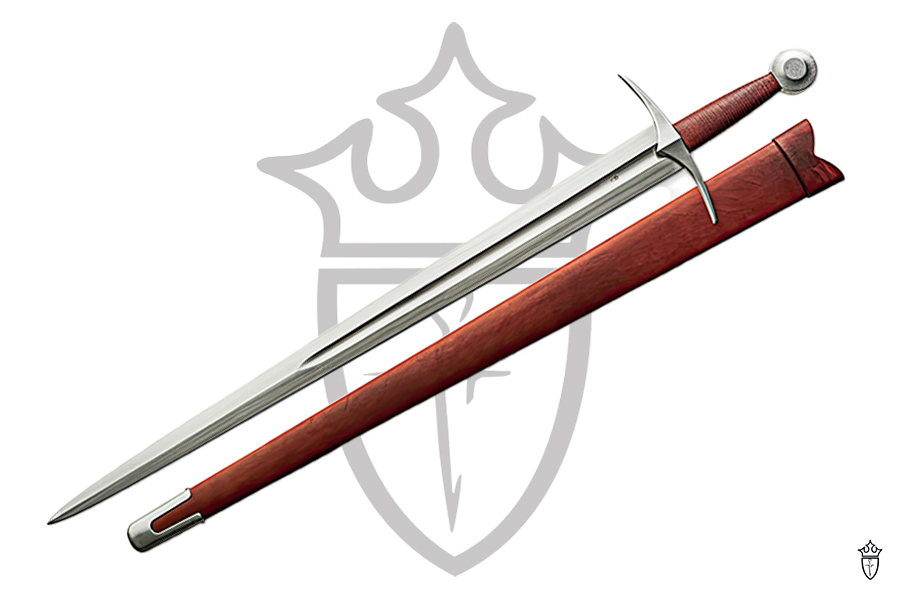
Machetes have very simple hilts designed as a wooden handle that is made to primarily fit one hand, with the potential for two hands if needed. The handle is riveted multiple times onto the blade’s tang to ensure its durability. The machete is devoid of a handguard.
In comparison, there are many different designs for a sword’s hilt. Their handles can be one or two-handed, often made to accurately fit its wielder’s hands or with a gap in the middle. As a blade designed primarily for combat, there are handguards for protection, available in many forms such as a cruciform, basket, ribbed quillons, and more. It also features a pommel that prevents the hand from slipping, used in combat for bashing, and acts as a counterweight to the blade.
Scabbard

Scabbards are akin to sheaths in terms of shape and material, but are used specifically to store elongated blades for easy carrying, preventing self injury, and protecting the blade from external elements that may cause damage, rust, or corrosion. Some say that sheaths offer less protection and are made from lighter material such as leather while scabbards often have a wooden core.
Machetes usually have leather sheaths and can be carried on the user’s belt, sometimes hanging off a waist, or in certain cases, strapped to the user’s back. Swords have wooden scabbards wrapped with leather and often hang off the user’s waist.
Size and Weight

Machetes are significantly smaller than swords. Ranging from 10 to 28 inches (25 to 70 cm) long, they might meet the dimensions of some shortswords like a Roman gladius, but are generally shorter than most one-handed swords. On average, machetes weigh around 1.1 to 2.86 lbs (0.5 to 1.3 kg). Note that some are made heavier with their balance point near the blade tip, allowing for more inertia when swinging.
Meanwhile, swords vary drastically in terms of size and weight, ranging from 24 to 59 inches (60 to 150 cm) in length with some greatswords being even longer and weighing between 1.7 to 6.6 lbs (0.7 to 3 kg). Depending on the sword’s design, some have their point of balance near the hilt while others are tip-heavy as seen in the Iberian falcata.
Historical Significance
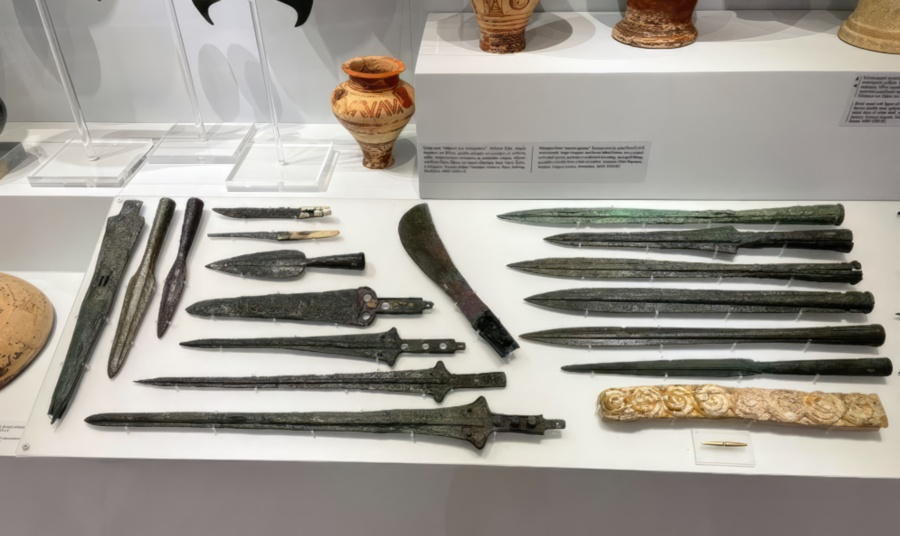
Having evolved from swords, machetes are similar in appearance, but could be used as utilitarian tools such as clearing brush, digging, cutting firewood, or a survival tool that was not required to be of high quality.
Despite having existed as early as neolithic times, the modern day machete evolved from the 17th-century hanger sword known as the espada ancha and was made to have a simpler, broader, and shorter blade without a guard.
For swords, their existence came about much earlier, around the 30th century BCE when they became differentiated from the dagger during the Bronze Age. Made from copper, bronze, iron, and most effectively – steel, they were weapons that also served as ceremonial items or symbols of status, honor, and power.
Throughout the years, they changed in terms of dimensions, style of use, and design to adapt to requirements in battle. Some earlier swords had blades that excelled as a combat weapon and utility tools, as seen in the Greek Kopis, Turkish yatagan, Thracian sica, Viking seax, and more.
Eventually, swords were replaced by firearms in warfare, but smaller machetes were used during World War II and even today, by some military to clear vegetation and as a utilitarian tool. Their cheaper resource requirement also makes them linked with many uprisings even in the 21st century.
Combat Preferences and Uses

Similar to an ax, machetes have a bevel that adds more force to its edge, making them great utilitarian tools that are easy to produce. They can play an important role in guerilla warfare as seen during the Haitian Revolution (1791-1804).
Designed specifically for battle, swords are more complex as they are used in various martial arts and battle. Generally light and capitalizing on the wielder’s strengths in combat, sword bevels are designed to just have enough force, but still allow the bevel to cut the target. Different swords are made for specific purposes, fulfilling the battle requirements of the time. Here are some examples:
- Gladius – Excel when used in combination with a shield
- Arming Sword – Great with a shield and on horseback
- Estoc – Strong tapering blade to pierce through mail armor or find gaps in plate armor
- Viking Sword – Large rounded blade tip to cut through mail armor
- Shamshir – Strongly curved, perfect for troops on horseback
- Katana and Wakizashi – Reliable and versatile sidearms
- Rapier – Narrow and long blade ideal for dueling
